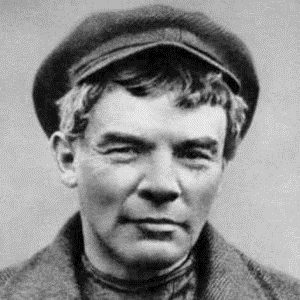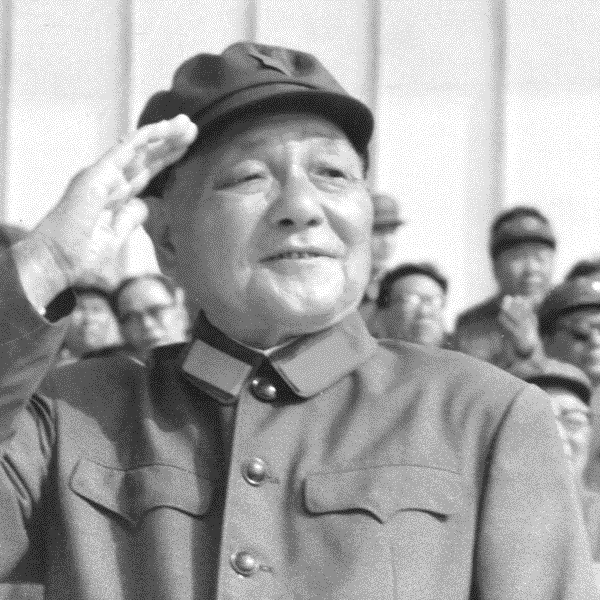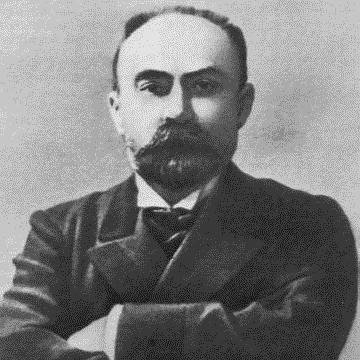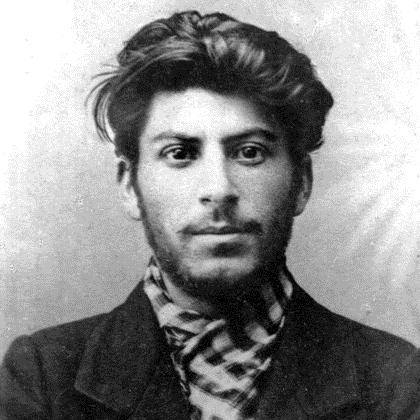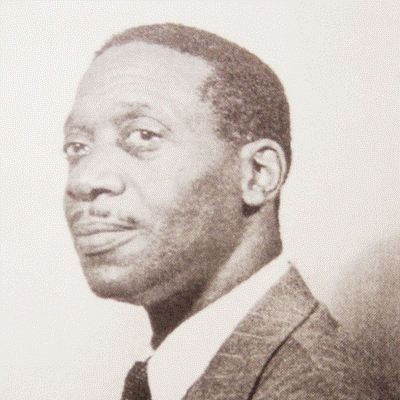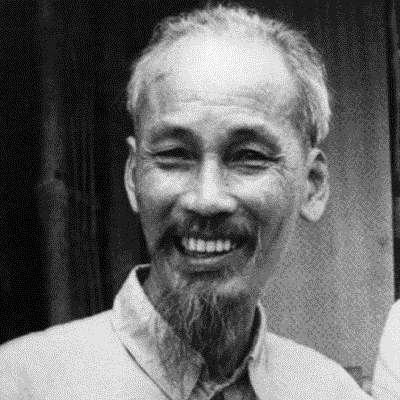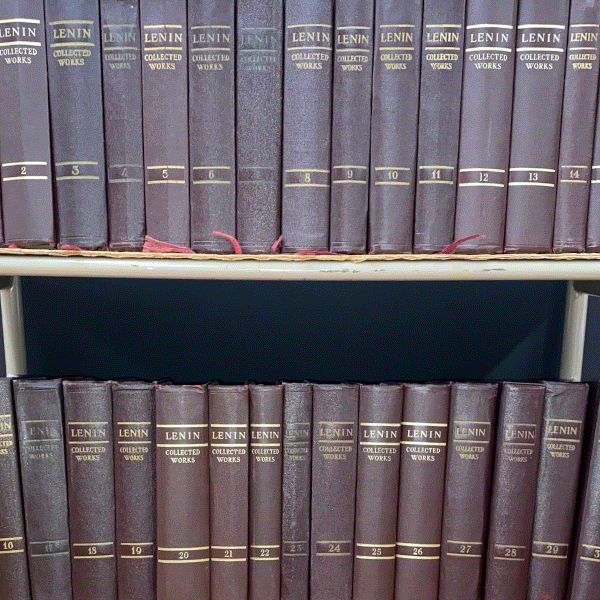"The third socialist movement began with the First World War. The mainstream socialist parties abandoned internationalism and lined up behind their respective capitalist classes in support of the inter-imperialist mass slaughter.
Lenin and the Bolsheviks broke completely from the main socialist trend, denounced the Second International as traitors to socialism, and founded a new Communist International known as the Comintern, headquartered in Moscow, in 1918.
Marxism-Leninism, the official ideology of the Soviet state founded by the Bolsheviks, expanded the appeal of Marxism to the non-European world. Lenin stated that capitalism would only be defeated if the working class of the West united with the national liberation struggles of the colonized masses of Asia and Africa.
The kind of socialism built in the Soviet Union consisted of top-to-bottom nationalization and complete state control of all economic life, led by a tightly disciplined Communist Party. In the course of the 20th century, this economic model first built in Russia was replicated in half of Europe and large parts of Asia, as well as some countries in Africa and Latin America. For much of the 20th century, one-third of the human race lived under Marxist-Leninist governments.
In the 1960s and 70s, this third socialist movement entered a serious crisis. The total command economy practiced in the USSR, Eastern Europe, and Mao-era China began to stagnate. Such a model was effective for industrializing semi-feudal agrarian societies, eliminating poverty, spurring urbanization, mobilizing for war, and large-scale scientific/technological projects. But they were terrible at effectively producing consumer goods and also suffered deficiencies in efficiency and innovation.
While this model lifted people out of destitution, their material existence was still humble compared to First World capitalist countries. Discontent grew among populations in the Communist bloc who wanted the comforts and consumer lifestyle enjoyed by the Western middle classes.
In addition, by the 1960s the global Communist movement split between the USSR and China, for reasons too complicated to get into here. Suffice it to say that an enormous amount of time, weaponry, and resources were wasted by Moscow and Beijing fighting and undermining each other, sapping their strength and contributing to the victory of US imperialism in the Cold War. The Marxist-Leninist movement fractured, split, and almost completely collapsed.
The fall of the USSR devastated and crippled the global movement. In the 1990s and early 2000s, the most reactionary, pro-free-market, and imperialist forces advanced nearly everywhere on Earth.
This brings us to the fourth global socialist movement that exists today. After the USSR fell, China begrudgingly had to shoulder the burden of leading what remained of the socialist and anti-imperialist camp.
Starting in the 1980s, China engaged in market reforms that allowed for private enterprise to grow, in order to build its productive forces through attracting foreign investment in a largely capitalist world. Vietnam, Cuba, and other countries followed suit.
The fourth global socialist movement, while emphasizing that the state should still dominate the economy, allows for markets and lower-level private enterprise. It does not discourage entrepreneurship as long as such endeavors do not harm the broader society.
The fourth socialist movement is more ideologically diverse than the third; while the Communist Party of China commands the single most powerful state, there are also non-Marxist socialist forces such as the Bolivarian movement in South America, and Islamic socialists in Iran in this broad alliance. Shared ideology is not as important as shared opposition to neoliberalism, imperialism, and financial parasitism.
The fourth global socialist movement does not exclusively appeal to the working class either. China’s Belt and Road Initiative is meant to attract professionals and middle-class forces in Global South nations of a progressive outlook. People who want their respective countries to develop their own manufacturing and infrastructure, so that the most promising minds of their nations won’t be lost to a brain drain towards the Western imperial core.
Like the utopian socialists, many of the anti-imperialist Muslims and Christians in the fourth socialist movement are motivated by a strong moral opposition to capitalism. Unlike secular Marxist-Leninists, they see the struggle against capitalism as a spiritual struggle and not exclusively a class one.
In conclusion, the task of communist and socialist parties in the 21st century is to make themselves relevant players in this new movement of history.
The fall of the USSR, the severing of communist/socialist parties from their working-class base (especially in the West), as well as the demoralization brought about by repeated defeats, disoriented many socialists. Many parties stubbornly clung to dogmas from the old Cold War that no longer made any sense, becoming stale relics from another time. Others have capitulated to liberalism, allowing alien postmodern ideas imported from the bourgeois academy to infest our movements.
Our organizations must return to our calling of representing the independent position of the working class, and not tail after ‘progressive’ liberals or the false populism of the right. Globalist finance capitalism leads in only one direction, no matter how one votes: war, fascism, genocide, and degrowth.
We must study the lessons of socialism with Chinese characteristics and creatively apply Marxism to our own societies and present-day circumstances. From there, we can build strategic alliances with all anti-imperialist and pro-development forces."
